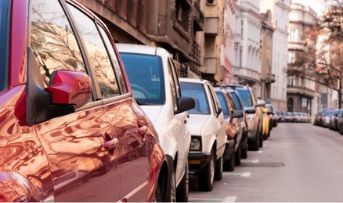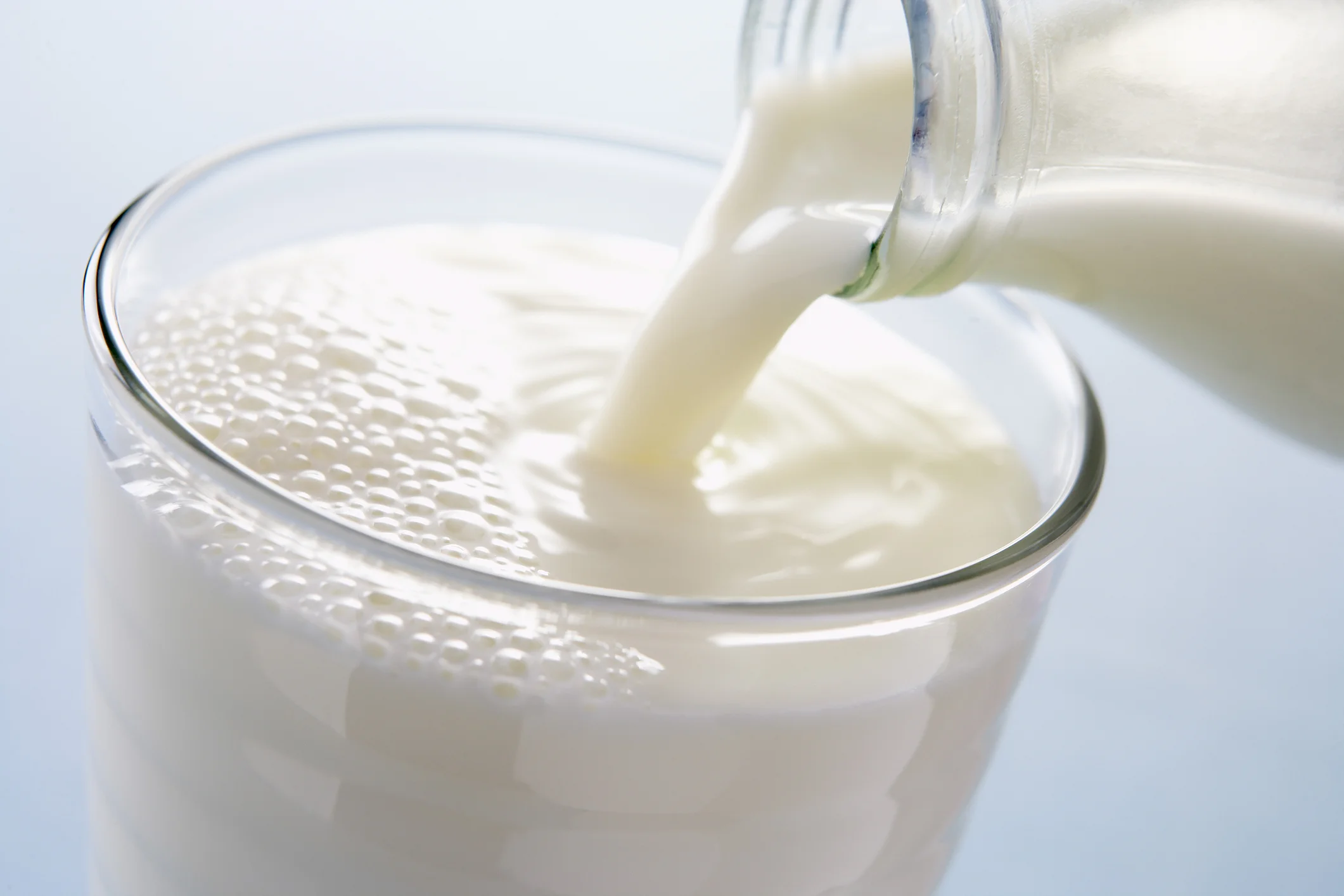General Insurance Blogs, Articles & Updates by - Magma HDI
Have us call you
- RENEW YOUR POLICY
- BUY NEW POLICY

Here’s a guide to parallel parking that has guaranteed results
People often complain about parking spaces, especially in our country. They usually park illegally and in spots that make it difficult for pedestrians to navigate their ways and get to their destinations conveniently. Many people need to develop their parking skills, to avoid the problems of congested roads, traffic jams, etc. Parking your cars also avoids the risk of accidents, keeps your vehicles safe against any damage caused by collisions, and helps maintain proper order on the road.
Parallel parking is a skill that people find challenging to master. Are you somebody who has constant complaints about your inability to parallel park your two-wheeler or four-wheeler in parking spaces or congested parking lots? Well, do not worry. This blog is curated just for you. It discusses the tips to parallel park for you to read, quickly understand and practise parallel parking safely without damaging your car or hurting yourself.
1. Do not just go for a spot:
Always explore the spots that are empty before just going for the first one that you see. Giving it a thought for a minute will help you determine which location will be convenient for you and has enough space for you to parallel park your vehicle without any risk of collisions or damage. Determining if your car can fit in a particular area is crucial. Also, ensure that you keep a distance of at least two to three feet from the other vehicles.
2. Next step – reverse:
Your second step is to reverse correctly. Notice the other vehicle and reverse your car till the middle portion of your vehicle is parallel positioned concerning the next car’s bumper (rear). Keeping a distance of two to three feet is handy when you reverse. There is absolutely no risk of collision with the cars next to you on either side.
3. Platform behind your vehicle:
You must keep reversing your vehicle until you park perfectly parallel to the vehicles on the side and the divider, usually on the driver’s seat side. Ensure that you are aware of any platforms behind the cars in the parking lot to avoid crashing into them and damaging your vehicle while reversing it.
4. Aligning is important:
The last and final step is to check that your car is placed at an equal distance from the vehicles on either side of it and has enough space to open the door and get out comfortably. If not, straighten it or try parking it properly again. Aligning your car avoids the risk of any bumps and damages while you or others who have parked next to you try to move the vehicles out of their parking spaces.
While you parallel park, some tips to keep in mind include using your indicators to signal other cars that you are trying to park and avoid mishaps that might occur due to misreading directions. Slowly backing your vehicle is essential to prevent bumps into surfaces you might have missed out. Determining your parking position and being in control of your steering wheel are two other vital tips to ensure that you do not end up rushing or losing control of your vehicle.
These were a few ways to help you parallel park your vehicle in crowded places. Practise these steps, prevent the risk of damage to your vehicle, and learn to park it safely without creating chaos for fellow vehicles. And while we protect our vehicles against any damage, it is also crucial that you understand the significance of purchasing the best motor insurance India to safeguard your car against mishaps and avoid any monetary stress in case of a damage. Buy the best motor insurance India that compensates for the complete repair and maintenance of your car.
Click HERE to learn more about the benefits of purchasing motor insurance India.
Disclaimer: The information provided above is for illustrative purposes only. To get more details, please refer to policy wordings and prospectus before purchasing a policy.

WHAT IS RT-PCR TEST for detecting corona virus infection? By Dr Sunilkumar Bura
RT-PCR Means Real-Time Polymerase chain reaction. RT-PCR one of the type PCR which the RNA template is first converted into a complementary DNA (cDNA) using reverse transcriptase. The cDNA is then used as a template for exponential amplification using PCR. Enabled sample amplification and eliminated the need for abundant starting material required when using northern blot analysis.
RT-PCR has been used to measure viral load with HIV and may also be used with other RNA viruses such as measles and mumps.
Advantages of real-time PCR test-
1. Amplification and detection occur in a single tube, eliminate post PCR manipulation.
2. An increased dynamic range of detection.
3. Ability to precisely measure the amount of amplicon at each cycle which allows highly accurate quantification of the amount of starting material in samples.
4. Ability to monitor PCR reaction in real-time.
Real-time PCR steps-There are mainly 3 steps involved in real-time PCR Reaction. Reactions generally run for 40 cycles -
1. Denaturation-High temperature incubation is used to melt double standard DNA into single standard DNA and loosen secondary structure in single standard DNA. The highest temperature use for Denaturation is 95 degrees.
2. Annealing-Complementary sequences have an opportunity to hybridize.
3. Extension-At 70-72ºc the activity of the DNA polymerase is optimal, and primer extension occurs at the rates of up to 100 bases per second.
TWO STEP qRT-PCR-Reverse transcriptase PCR (qRT-PCR) starts with the reverse transcription of either RNA or poly (A)+RNA into CDNA.
ONE STEP QRT-PCR-First-strand cDNA synthesis reaction and real-time PCR reaction in the same tube, simplifying reaction setup and reducing the possibility of contamination.
WHAT IS RT-PCR FOR nCOVID-19
The Health Ministry has announced that the real-time reserve transcription-polymerase chain reaction or RT-PCR is the gold standard frontline test for COVID-19.
One is more accurate called RT-PCR which is extracting RNA from the nasal or mouth swab. Because of Genome sequencing technology, we have the sequence of SARS-COV-2 and RNA of the swab is checked whether virus and RNA share the same sequence. Because of proper research and Genome sequence projects going around the world, RT-PCR tests are considered more accurate and reliable.
DISADVANTAGES OF RT-PCR-
RT-PCR Technology is a relatively expensive method. It requires RNA extracting machines, a laboratory and trained technicians. Minimum of 30 samples is needed to make it economically viable.

What you should do in case of accidents?
You’re driving safe. You’ve got your eyes on the road, and your seat belt on. But even if you do everything right, accidents well, they simply happen. While we know you’re doing your best to avoid accidents, here’s a list of essential tips to keep in handy in case you’re in an emergency:
- If you or any of your passengers are injured, medical help is priority. Get first aid immediately.
- Observe the site of the accident and note down all the details you can – from the location, to important number plates and names.
- If there are eye-witnesses to the accident, make sure you note down their contact details, so you can follow up with them later.
- Take pictures of the place where the accident happened. In times like these, every detail helps!
- If the police have registered a case, remember to note down the case number.
- Keep track of all the expenses you’ve had to undergo due to the accident. That means, don’t throw a single bill or receipt away!
- Lastly, make sure you file your insurance claim as soon as you can! Because the sooner your Insurance Company knows about the incident, the sooner they can help you out.
In case of an unfortunate incident on the road, our no. 1 tip for you is the simplest: don’t panic! Stay calm, and keep a level head.
No matter where you are, always keep the accident no. on speed dial
Here’s to many safe, stress-free road-trips!

Eating during COVID-19: How nutrition can protect people's health during COVID-19
Started from the province of Wuhan in China, COVID-19 has spread all around the world, leaving behind the massacres. First reported on 30th January 2020, India has recorded a total of 1.44 million active cases and more than 32 thousand people have lost their lives as reported till 27th July 2020. Yet, till the current date, no verified vaccines have been launched in the market leaving behind a massive matter of concern for the common masses. In incurring medical care, what comes up to our mind first, does health insurance in India cover the COVID-19 or not?
What expenses does the health insurance cover?
Current Coronavirus health insurance in India covers hospitalization expenses including in-patient hospitalization, pre-hospitalization and post-hospitalization expenses. But it's always better to get our immunity system to act as the main barrier to trust, and for that, we need a stone-hard immunity.
What do you need for better immunity?
To get better immunity, we must focus on our nutritional well being and good food habits. To boost your immune system, you need the essential macro and micronutrients like proteins, good fats, carbohydrates, inorganic elements, and essential vitamins, apart from looking at the health insurance in India.
Some foods that you must include in your diet
1. Milk: One of the most common and cheap nutrition-rich liquid food is milk. A cup of dairy milk contains almost 8 grams of protein, 12 grams of carbohydrates, and 2.4 grams of fats along with Vitamin A, Vitamin D, and Vitamin B12. It is also a good source of Calcium(Ca) and Potassium(K). Due to the high complete protein content, it helps in lean muscle building and keeps bones healthy too. Having one cup of milk a day could help us keep us on track with the daily macros and micro required to boost up our immunity.
2. Egg: A whole egg contains approximately 13 grams of protein, 1.1 gram of carbohydrates, 11g of good fats along with Vitamin A, VItamin B2, B5, B6, B12, Vitamin D, Vitamin E, and Vitamin K. The high-quality proteins and Essential Amino Acids in egg make it a complete source of protein. It is also a great source of Calcium, Zinc, and Iron. It raises HDL, which reduces the risks of heart disease.
3. Chicken: With a protein content of 27g, good fats of 14 grams, chicken is one of the best low-fat protein sources. It maintains muscle mass, strengthens bones, and reduces appetite. Though fried chickens might not be too good for our health, preferably grilled or boiled chicken, should be consumed for better outcomes.
4. Fruits: A variety of foods must be consumed regularly. Different fruits have different useful nutrient facts.
I. Banana: It has a high source of good carbohydrates. It also contains the right amount of Iron, Potassium, and Vitamin C. It is also a good source of fibres that keep our intestine healthy.
II. Lemons: The most famous citrus fruit, Lemons are highly rich in Vitamin C, Potassium, and fibres. Vitamin C helps in reducing heart disease risk, and the citric acid in lemons reduces kidney stones.
III. Grapes: Grapes packed with nutrients, especially Vitamin C and K are an excellent antioxidant that may prevent chronic diseases. It may reduce cholesterol and also might decrease blood sugar levels.
A balanced and well nutritious diet can help you increase your immunity to combat COVID-19 effectively. With healthy food, a bit of proper exercise will enhance your metabolism. Different health insurance in India promotes self-awareness so that the policyholders stay away from medical help.


